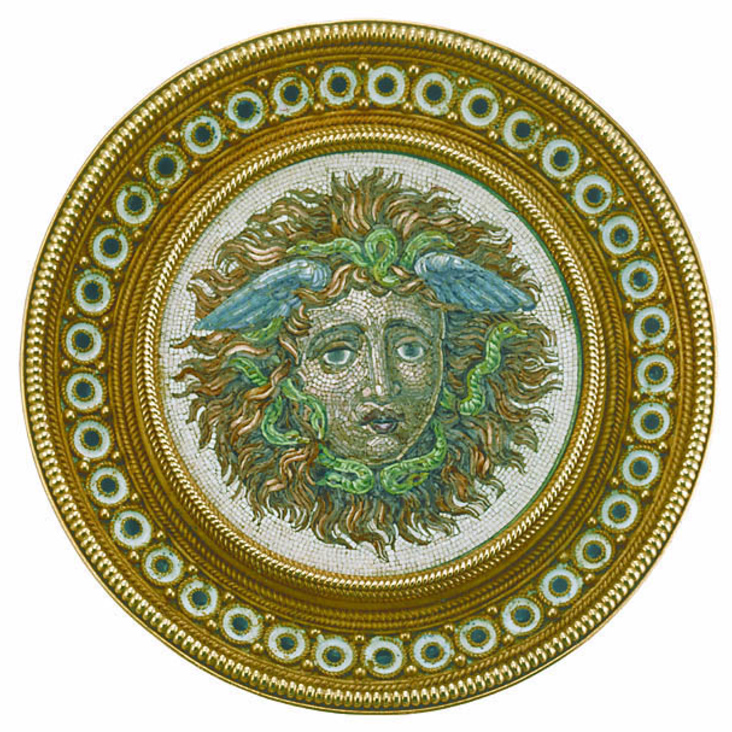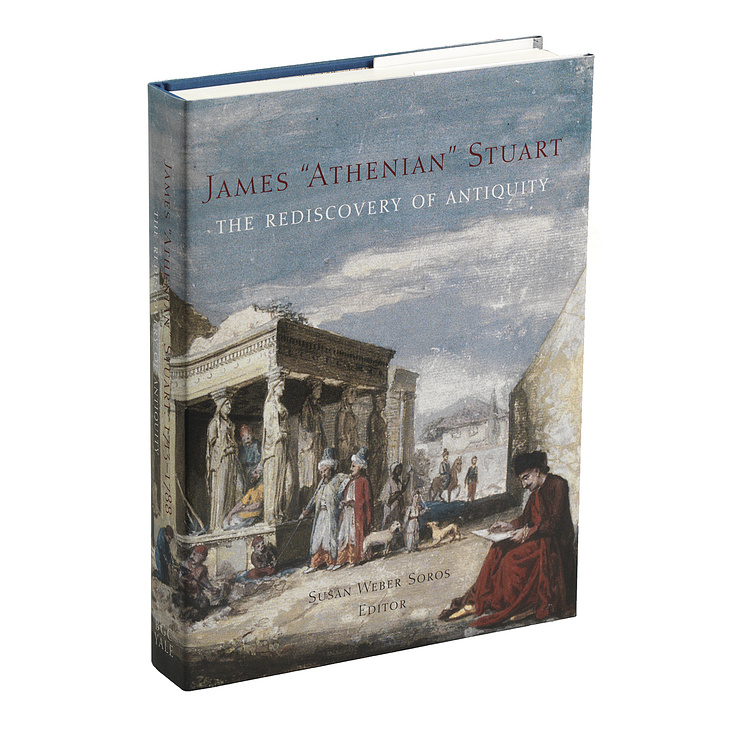This lecture was originally delivered on Tuesday, September 10, 2013 as part of the Seminar Series, Conservation Conversations.
In the above video David Bomford and Carlo Ginzburg discuss “Connoisseurship: The Rembrandt Paradigm,” and Carlo Ginzburg speaks on “Small Differences: Ekphrasis and Connoisseurship.”
Conservation Conversations are public research dialogues pairing a conservator and a professor and exemplifying the goal of “Cultures of Conservation,” a five-year curricular initiative funded by the Andrew W. Mellon Foundation.
- 0:23—Lecture with David Bomford
- 11:21—Discussion of Technical Formal Analysis
- 15:45-57—Discussion of varied iterations of Rembrandt catalogue raisonné publications
- 15:57—Questions of attribution
- 16:00—Rembrandt Research Community
- 22:26—Conservation and scientific analysis becoming accepted as standard in identifying Rembrandt
- 27:11—New types of connoisseurship: interpretation of x-rays and infrared reflectography
- 32:14—Importance of technical connoisseurship in reevaluating attributions of Rembrandt paintings
- 35:16—Lecture with Carlo Ginzburg
- 35:12—“Small Differences: Ekphrasis and Connoisseurship”
- 36:39—Philip Ponce - Models for Connoisseur practice re. Italian drawings
- 43:30—Use of x-ray technology by Pouncey
- 1:11:09—Panel Discussion and Audience Q&A
- 1:15:00—Remarks from David Bomford
- 1:43:00—History of Connoisseurship
- 1:13:36—Connoisseurship and the art market
- 1:14:33—Ekphrasis and issue of translation of connoisseurial skill
- 1:16:57—Remarks from Carlo Ginzburg
- 1:17:00—Connoisseurship as social activity
- 1:19:00—Philology
- 1:20:10—Connoisseurship can be treated as historical evidence
- 1:23:12—Technical study, conservation, x-ray images can be considered another type of ekphrasis of the work of art
David Bomford is Director of Conservation at the Museum of Fine Arts, Houston. He received his B.Sc. in Pure Chemistry and his M.Sc. in Organometallic Chemistry from the University of Sussex, UK. Prior to his current position, Bomford was Consultant to the Director of The Metropolitan Museum of Art; Acting Director of the J. Paul Getty Museum; and Assistant Restorer, Senior Restorer, and Head of the Registrar’s Office and Art Handling Department at the National Gallery, London. His numerous curatorial and publication projects include the following exhibits and associated catalogues for the National Gallery, London: Art in the Making: Degas (2004); Art in the Making: Underdrawings in Renaissance Paintings (2002); Art in the Making: Impressionism (1990); Art in the Making: Italian Painting before 1400 (1989); and Art in the Making: Rembrandt (1988). Bomford was Slade Professor at Oxford in 1996-7, the first conservator to hold this appointment.
The long history of fluctuating Rembrandt attributions seems to represent old-style classic connoisseurship at work; however, Rembrandt scholarship has also produced one of the most sustained exercises in new-style technical art history yet undertaken, and this has led to a whole new evaluation of the territory in which connoisseurship is conducted. Moreover, fresh thinking about the nature of workshop practice in the 17th century has widened the terms of the discussion to include speculation on the fundamental nature of authorship.
Carlo Ginzburg is Franklin D. Murphy Professor of Italian Renaissance Studies at UCLA. He received his Dottore in Lettere from the University of Pisa in 1961. Ginzburg’s primary area of research is the history of the Italian Renaissance and Early Modern Europe. He is most famous for The Cheese and the Worms: The Cosmos of a Sixteenth-Century Miller (1976). Recent publications include No Island is an Island: Four Glances at English Literature in a World Perspective (New York: Columbia University Press, 2000) and Threads and Traces: True, False, Fictive (Berkeley, CA: The University of California Press, 2012). Ginzburg received the Aby Warburg Prize for achievement in the Humanities (1992), the Humboldt-Forschungs Prize (2007), and the Balzan Prize for the History of Europe, 1400-1700 (2010).
Ekphraseis – descriptions of real or imaginary works of art – inspired a well-known rhetorical genre that is part of Greek antiquity’s legacy to European culture. In his talk, which will present two case studies, the first dealing with a short article by Philip Pouncey and the second with a longer essay by Roberto Longhi, Ginzburg will explore the potential impact of ekphraseis on connoisseurship. Additionally, Ginzburg will discuss the relationship between words and images, as well as the extent to which a verbal description can pave the way to the attribution of a visual artifact (a drawing, a painting, a sculpture).




